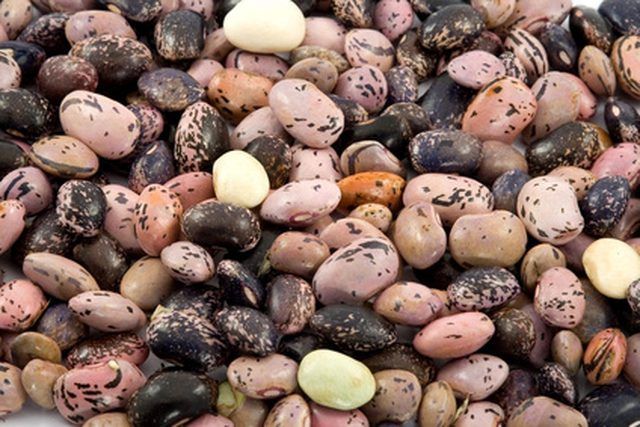Bulbs
Flower Basics
Flower Beds & Specialty Gardens
Flower Garden
Garden Furniture
Garden Gnomes
Garden Seeds
Garden Sheds
Garden Statues
Garden Tools & Supplies
Gardening Basics
Green & Organic
Groundcovers & Vines
Growing Annuals
Growing Basil
Growing Beans
Growing Berries
Growing Blueberries
Growing Cactus
Growing Corn
Growing Cotton
Growing Edibles
Growing Flowers
Growing Garlic
Growing Grapes
Growing Grass
Growing Herbs
Growing Jasmine
Growing Mint
Growing Mushrooms
Orchids
Growing Peanuts
Growing Perennials
Growing Plants
Growing Rosemary
Growing Roses
Growing Strawberries
Growing Sunflowers
Growing Thyme
Growing Tomatoes
Growing Tulips
Growing Vegetables
Herb Basics
Herb Garden
Indoor Growing
Landscaping Basics
Landscaping Patios
Landscaping Plants
Landscaping Shrubs
Landscaping Trees
Landscaping Walks & Pathways
Lawn Basics
Lawn Maintenance
Lawn Mowers
Lawn Ornaments
Lawn Planting
Lawn Tools
Outdoor Growing
Overall Landscape Planning
Pests, Weeds & Problems
Plant Basics
Rock Garden
Rose Garden
Shrubs
Soil
Specialty Gardens
Trees
Vegetable Garden
Yard Maintenance
Importance of Legumes
Importance of Legumes. Right behind cereals, legumes are the second most important source of human food and animal forage. It is through nitrogen fixation that legumes provide plant tissue that is high in protein. In agricultural practice, legumes are used as an organic way to amend the soil and reduce crop nutrient deficiency. Mankind has known...

Right behind cereals, legumes are the second most important source of human food and animal forage. It is through nitrogen fixation that legumes provide plant tissue that is high in protein. In agricultural practice, legumes are used as an organic way to amend the soil and reduce crop nutrient deficiency. Mankind has known for millenniums of the importance of legumes environmentally.
Nitrogen Fixation
Legumes are able to provide the benefits of nitrogen fixation thanks to a strain of soil bacteria. Rhizobia bacteria penetrate the legumes' roots, creating pink nodules that bind nitrogen gas found naturally in the atmosphere. This fixation provides a usable source of nitrogen to the legumes in return for carbohydrates needed by the bacteria. This mutual interaction between the two species is known as a symbiotic relationship.
Nutritional Benefits
Incorporating legumes into the diet is a healthy, inexpensive way of supplying required nutrients to the body. Naturally low in fat, with no cholesterol, legumes are nutrient dense compared to their calorie ratio. Legumes are great sources of iron, potassium, selenium, magnesium, zinc, B vitamins and fiber. They are also the primary source of protein in vegetarian diets and in a number of traditional cultural diets.
Soil Benefits
Legumes used as a green crop, or cover crop, provide many benefits to the soil. According to the USDA, legumes improve soil quality by increasing soil organic matter, improving soil porosity and structure, recycling nutrients, decreasing soil pH, diversifying microorganisms and alleviating disease problems. Planting legumes as a cover crop also helps reduce soil erosion.
Crop Benefits
Planting legumes with other forage crops helps improve nitrogen availability to companion crops. The USDA states that in legume and perennial grass mixtures, legumes not only supply their own nitrogen but also supply approximately 36 percent of the nitrogen needs of the grass crop growing alongside them. Another advantage to using legumes as a cover crop is their function as a non-chemical weed control for crop fields and pastures.
Types
Depending on the use, there are over 16,000 different species of legumes to choose from. To name a few, forage legumes include beans, peas, peanuts, soybeans, clovers, birdsfoot trefoil and alfalfa. For human consumption, garbanzo beans, lima beans, black beans, kidney beans, navy beans, pinto beans, black-eyed peas, split peas and brown, red or green lentils are all nutrient-packed legumes.